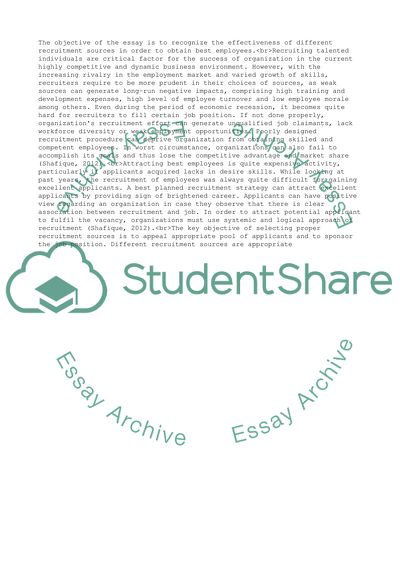Cite this document
(From which recruitment sources do the best employees come Research Paper, n.d.)
From which recruitment sources do the best employees come Research Paper. https://studentshare.org/human-resources/1810665-from-which-recruitment-sources-do-the-best-employees-come
From which recruitment sources do the best employees come Research Paper. https://studentshare.org/human-resources/1810665-from-which-recruitment-sources-do-the-best-employees-come
(From Which Recruitment Sources Do the Best Employees Come Research Paper)
From Which Recruitment Sources Do the Best Employees Come Research Paper. https://studentshare.org/human-resources/1810665-from-which-recruitment-sources-do-the-best-employees-come.
From Which Recruitment Sources Do the Best Employees Come Research Paper. https://studentshare.org/human-resources/1810665-from-which-recruitment-sources-do-the-best-employees-come.
“From Which Recruitment Sources Do the Best Employees Come Research Paper”. https://studentshare.org/human-resources/1810665-from-which-recruitment-sources-do-the-best-employees-come.


